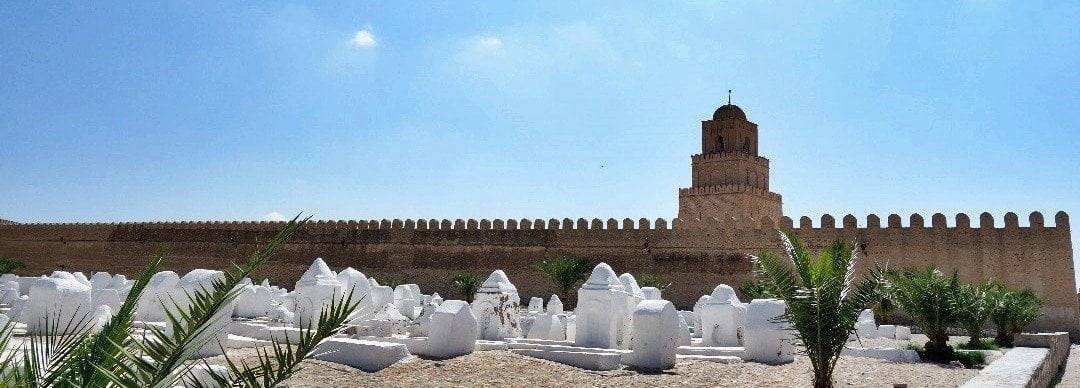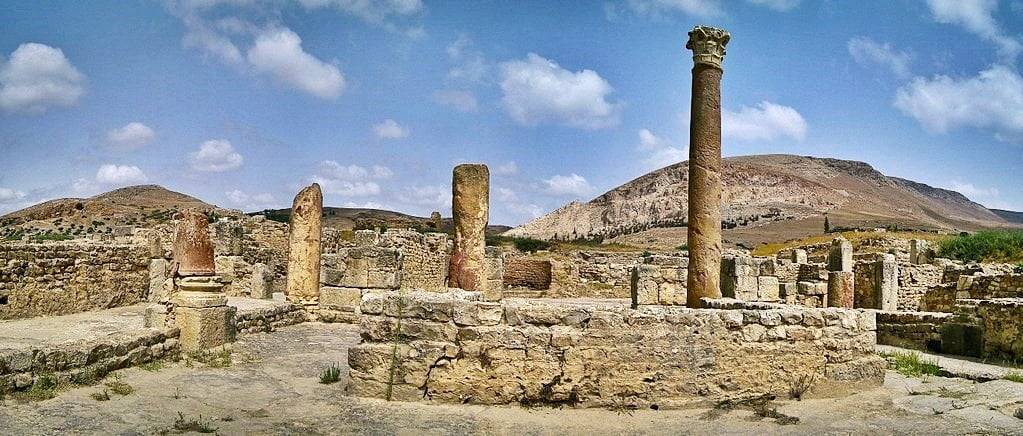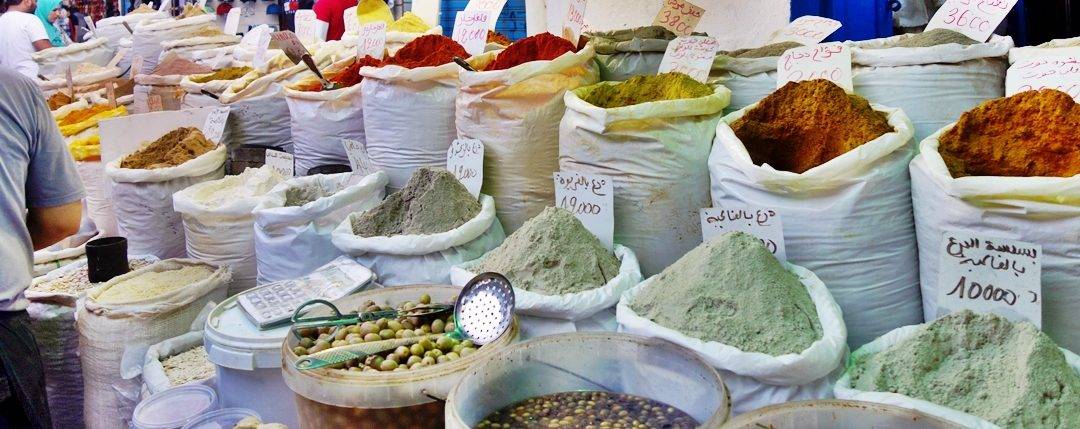Tunisia Complete Travel Guide
Tunisia is a great country if you like less touristy destinations and off-the-beaten-path travels. From amazing beaches to spectacular mountains, Tunisia has a lot to offer. It’s also a country rich in culture and history, from the Roman Empire to the Arab conquests, each civilization has left its mark. People there are really friendly, welcoming, and proud of their country. Since the revolution, tourism has dropped tremendously, but it’s slowly starting to increase again. Locals are always happy to see tourists and are generally really helpful.
- Tunisian food
- Transportation
- When to go
- Planning your itinerary
- Budget
- Safety
- Solo female travelers
- Destinations
Tunisian Food

You won’t meet a woman over forty whose first question won’t be “Have you tried couscous yet?”. Couscous is a big deal in Tunisia; it’s also the main dish. Each region has a particular way to make it, so you’ll have to try it everywhere you go.
During summer you should also try the mechouïa salad, it’s grilled, and then ground veggies. It’s typically eaten with bread. Bricks are also traditional in Tunisia, you can find them almost everywhere. This dish is made of eggs and usually, tuna, covered in a thin dough and fried. If you’re on the go and just want a sandwich, try the Libanais, it’s super good.
Food is usually spicy but not too much, and if you don’t like it, you can easily find non-spicy food.
Another must-try is the pastries, of course. My favorites are the Makroud (you’ll find the best one in Kairouan) and the Kaak warka made of almonds and rose water.
Transportation
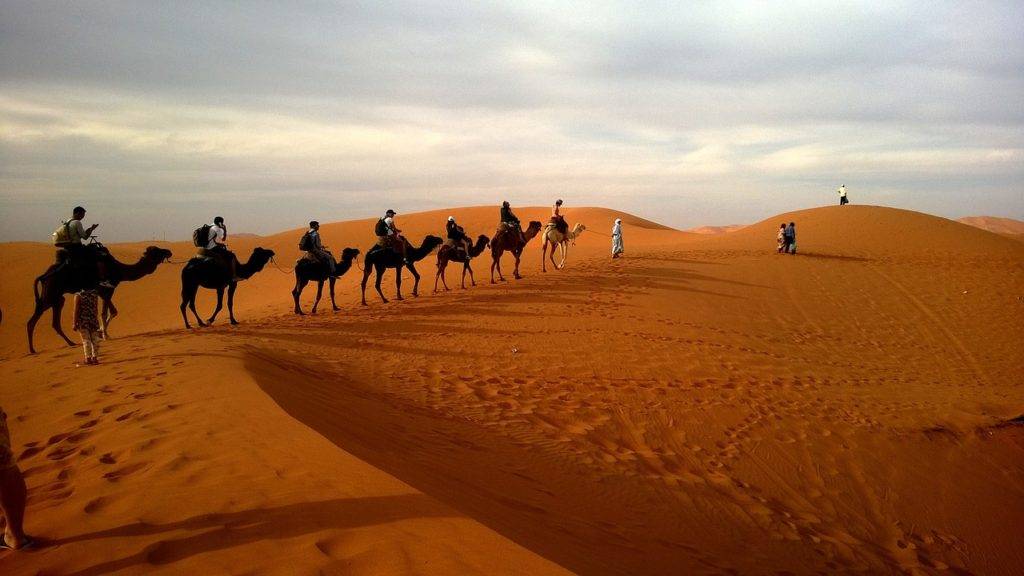
Getting around in Tunisia is relatively easy. You can either take the bus or a louage, or the train. I wouldn’t advise on taking the train as it’s unreliable and doesn’t go faster than the bus. There are several bus companies you can choose from, it’s usually around the same price, and they don’t often offer the same routes, so it’s not hard to pick one. They all leave from the city bus station. Louages are minivans, it costs a bit more than buses, but they go faster. In each city, you’ll find a louage station, they leave when full. For remote destinations, go there early, later you will wait forever for it to be full. Drivers usually don’t scam you, and often, you buy the ticket directly at the station.
Be careful, in more remote destinations, transportation usually stops around 5 pm. Always check beforehand, and don’t listen to people saying that there’s always louages running, it’s only true for the main axis.
Another easier option is to rent a car; it will make you gain a lot of time. Roads are usually in a good state. The locals’ way of driving is a bit “sporty,” but you should be fine. Choose a franchised company and take photos of the car before leaving with it.
In some parts, especially towards the east coast, you can even hitchhike, it’s common and considered safe.
When to go

The best time to visit Tunisia will depend on what you want to do. If you’re looking for a beach vacation then, go during summer. July and August are the hottest months, sometimes even too hot. You can usually enjoy the beach from April to October.
It’s never really cold in Tunisia (except in the mountains). During winter, you’ll just need a light jacket. If you want to visit the Sahara, go during winter, as it’s too hot to go there during summer and it’s “closed” anyway during the hottest months. The high season for Sahara visits is between November and March. It’s also the best season to go trekking.
If you just want to visit the sights then you can go anytime. My favorite time to go is at the end of winter/beginning of spring. When the temperature is still cool and everything is green.
Planning your itinerary

Planning your itinerary will depend on your mean of transportation. You’ll be able to visit much more places if you rent a car. With a car, you can visit everything in 2-3 weeks.
Count two days for Tunis, its medina, Carthage, and Sidi Bou Said.
Then take a one-day road trip through the Cap Bon.
Count two days to visit the Roman Ruins in the north, add a day if you want to visit the coast (Tabarka and Bizerte).
Then head down to Sousse, Kairouan, Mahdia, and Sfax (count 2 to 3 days). Then to Gabès until Tataouine (3 days) and back up to Douz and Tozeur.
You can also drop by Djerba, to spend some time at the beach and maybe go diving.
Planning your budget

Tunisia is a pretty cheap country. A meal costs between 5 to 10 dollars, you won’t pay more than 15 dollars for a long-distance bus ride, and you can find a bed in a youth hostel for as low as 5 to 15 dollars depending on where you are. A night in a guesthouse is usually around 20 USD with breakfast and dinner included.
Sights and activities are also usually super cheap. Tunisia is probably the only country in the world where you can visit UNESCO world heritage sites for 3 bucks.
Be careful: you can only change dinars back to your currency in Tunisia.
Safety in Tunisia
Since the revolution and the two terrorist attacks, tourism has taken a huge plunge. Nonetheless, Tunisia is now considered a safe country in most parts. Tourists are starting to come back, and most governments have suspended their warnings.
You have to be careful with your belongings especially in Tunis and in touristy places. Be especially careful with your cellphone. Apart from pickpockets, the country can be considered safe. The only parts where you need to be careful are near the borders with Algeria (in the mountains) and near the border with Lybia. If you plan to go to these parts always check the situation beforehand, and ask locals about it.
Solo female travelers
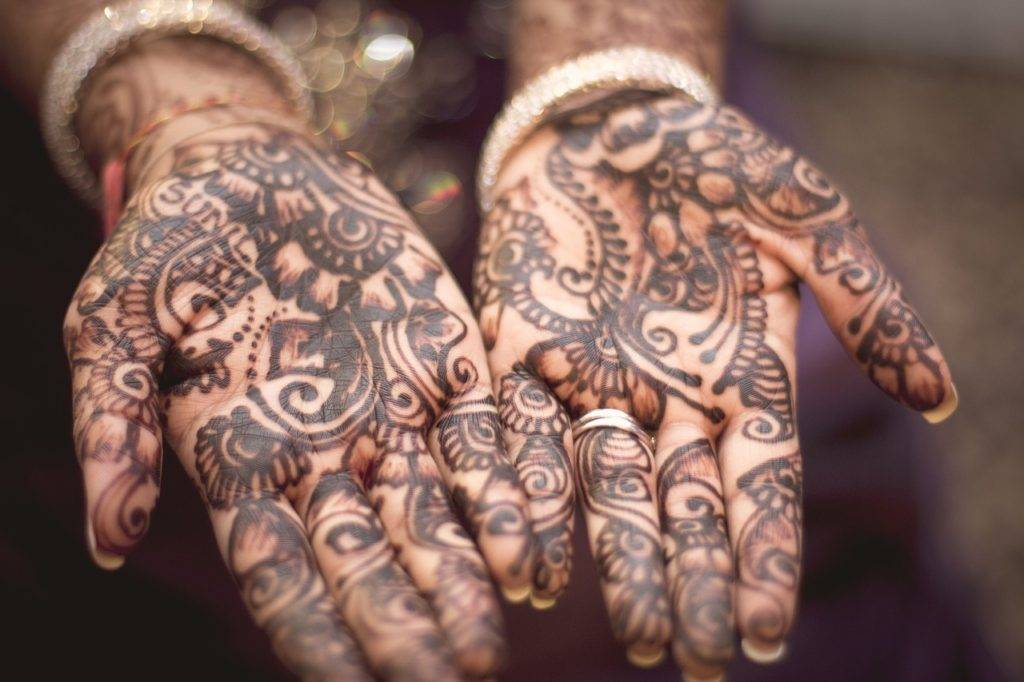
I was quite surprised to discover that Tunisia was actually just fine for solo female travelers. I used to go there as a kid twice a year and had awful memories of catcalling and such things. None of that happened during my solo trip. Sure, older women always have a son or nephew or whatever they’ll want to introduce to you, but just say you’re not interested and they won’t insist.
The only places I wouldn’t recommend going as unaccompanied women (even for a group) is the area between Kasserine and Jendouba, in the north-east part of the country, close to the Algerian border. The mentalities there are really backward, most women there don’t leave the house without a man. People would just not understand, and you might get bothered by men. But in Tunisia in general, women rights are strong, and the government has tried since the country’s independence to “free” women from Muslim traditions.
Just cover up your shoulders and knees, and avoid eye contact with strangers and you should be fine. It’s okay to wear a bikini at the beach (unless it’s a deserted beach).
Tunisia travel guides:

Best things to do in Tunis

Best places to visit in Tozeur: mountain oases and Star Wars sets

UNESCO Tunisia: 8 World heritage sites

Troglodyte villages in Southern Tunisia

Gabès – Tunisia’s marine oasis

Medinas in Tunisia – A walk through History

El Jem Museum and Amphitheater

Roman ruins in Tunisia – A walk through time

Bulla Regia – The Royal City

Road trip itinerary: Cap Bon and Kerkouane

A walk through Monastir’s Medina

Visit Carthage: Hannibal’s ancient capital


